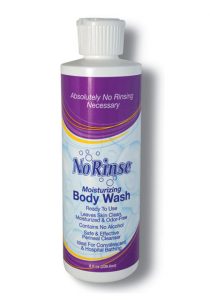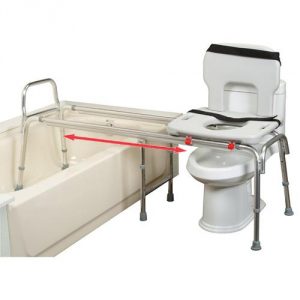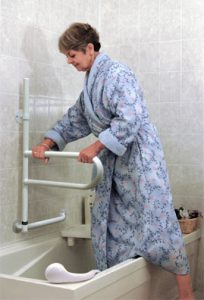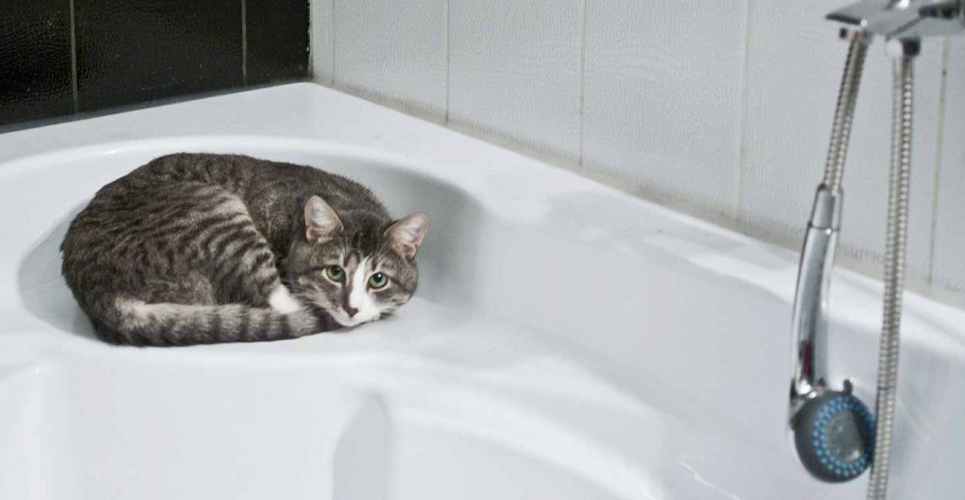How To Adapt Your Bathroom For An Aging Parent
One of the most challenging areas of daily life for many people with a disability and their caregivers is the bathroom and bathing routine.
Before getting dressed in the morning, getting out of bed and getting a shower or bath can sometimes seem like an insurmountable task. It involves physical exertion for both the individual and caregiver, a long time commitment (1-3 hours or more), being cold and wet, and often even pain.
Usually, the morning routine involves bathing, using the restroom and getting dressed. Many people with disabilities feel great after they are up and ready to go, but it’s getting there that often takes so much sacrifice.
But here’s the deal — it doesn’t need to be this way. Just like adapting clothes makes getting dressed easier, adapting your bathroom activities is a necessary mindset to adopt when facing physical limitations.
What NOT to do
Adapting means cutting corners, but you should NOT decrease the quality of your care and your life. Others may tell you to bathe less, or to drink less liquid so you do not have to visit the lieu as often. But these are ultimately unhealthy shortcuts.
What TO do
What you SHOULD consider doing is finding the right adaptive aids to help you bathe and use the bathroom when you need to, where you need to, and with the lowest possible effort required.
We recommend the following basic adaptive aids to get you started thinking about what you could use:
- No-rinse soaps and shampoosThese are cleaning solutions you might need to mix with water that work like soap but do not need to be rinsed off. This is ideal for bed baths and bathtubs for elderly in which the individual cannot use running water. For instance, you may decide to do traditional showers less and use no-rinse products to get you by in between.

- Shower chairs and bathroom transfer chairsThere are many shower chair options to make this difficult process less exhausting. There are also chairs that slide into the bathtubs for seniors to facilitate transfers, and some chairs can even slide back and forth between tub and commode.

- Grab barsOne last adaptive aid for the bathroom we should mention is grab bars. These come in a wide variety of shapes, sizes and weight capacities. Some can be installed with minimal use of tools, while more durable, less portable ones can be mounted onto wall studs.

These are at least three starting points to help you develop a strategy for adapting your bathing and bathroom process. No-rinse soaps, shower chairs and grab bars give you options and should help you save time. Saving time day by day will give you more time to take care of yourself in other areas of life, as well as spend more quality time with the people you love.
Next up, we’ll take a look at some more daily living aids for the bedroom and around the house.





Comments
Hi,
Necessity is the mother of invention as they say. You might want to take a look at this website and see if the hands free shower chair is an option – it is new on the market and can be a life saver.
http://www.myshowerchair.com
I hope I helped you!
Julie
[…] and balancing easier, and help maintain a sense of independence. It is especially practical to make bathrooms and living areas accessible. Start small, with grab bars installed in the washroom and contemplate […]